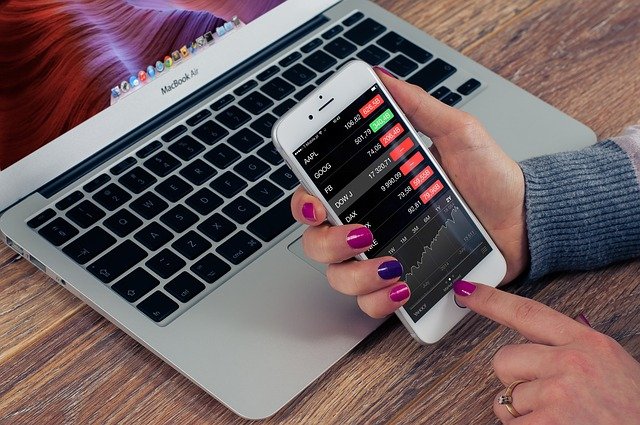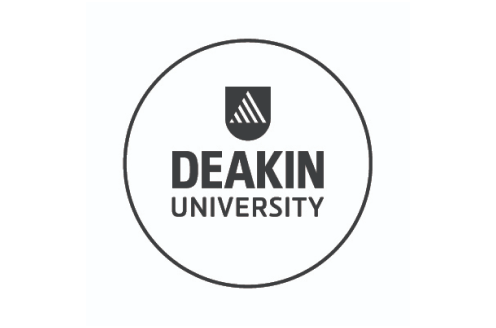What is Forecasting?
Transform your data into actionable insights with our free forecasting course! Learn from experts, develop real-world skills, and unlock new opportunities for growth. Enroll now!
Instructor:
Mr. Bharani Akella
Ratings
Level
Learning hours

Learners
Skills you will learn
About this course
Forecasting is a data science technique used to predict future happenings by considering historical data. The business uses forecasting for predicting any trend or future event. It helps in determining future demand for a product or a service too. When the decisions are made in the business, it is very important to choose the right forecasting technique for suiting the needs of the moment. There are various forecasting methods, and linear regression is widely used. In this course, we shall understand forecasting, what forecasting is in management, and forecasting on Covid data and GRE data using the linear regression algorithm. This demonstration will be done using Python. Get rewarded with a course completion certificate from Great Learning upon the successful completion of the program.
Data Science is a multifaceted field and one of the top in-demand skills today. Join the #1 Ranked Data Science Program offered by Great Learning in collaboration with the University of Texas at Austin. Accelerate your career with our data science courses explicitly designed for boosting your career. Gain expertise in data science by joining our master and PG programs in Data Science.
Check out our Data Science Online Courses today.
Course Outline
In this module, we will be introducing forecasting while understanding the definition of forecasting.
In this module, we will be working on the Covid data by using the data for analysis and forecasting future trends.
In this module, we will be working on the GRE data by using the data for analysis and forecasting of the trends.
 UPGRADE
UPGRADE
Recommended university programs
Our course instructor

Mr. Bharani Akella
Data Scientist
Data Science Expert
Frequently Asked Questions
Will I receive a certificate upon completing this free course?
Is this course free?
What are the four types of forecasting?
Four types of forecasting models are:
- Quantitative
- Time series analysis
- Casual relationships
- Simulations
What is a forecasting algorithm?
A forecasting algorithm is a predictive algorithm that uses AI-based estimation. It is a statistical algorithm that feeds the model with the historical data to make predictions on what might most likely happen in the future.
What model is best for forecasting?
The casual model is the aptest forecasting tool. It mathematically expresses the suitability of casual relationships and includes pipeline considerations like inventories and market survey insights. It also incorporates time series analysis results.
Other Data Science tutorials for you
Forecasting is the process of making predictions about future events based on historical data and other relevant information. Forecasting is a crucial tool for organizations as it helps them plan for the future and make informed decisions.
There are many different types of forecasting methods, including time-series forecasting, regression analysis, and causal models. Time-series forecasting involves using historical data to predict future values of a single variable, such as sales or stock prices. Regression analysis is a statistical method used to model the relationship between a dependent variable and one or more independent variables. Causal models, on the other hand, focus on the underlying relationships and causes behind the data and use that information to make predictions about future events.
Forecasting can be applied in a wide range of fields, including finance, economics, marketing, and supply chain management. For example, financial institutions use forecasting to predict future interest rates and currency exchange rates, while marketing organizations use it to predict consumer behavior and sales. In supply chain management, forecasting is used to predict demand for products, which can help organizations optimize inventory levels and minimize waste.
Forecasting is not a perfect science, and there is always some level of uncertainty involved. This uncertainty can come from various data sources, such as random fluctuations, changes in the underlying relationships between variables, and unanticipated events. Forecasters must carefully consider these sources of uncertainty and use appropriate methods to account for them in their predictions.
In this free course, you will learn about forecasting and its application in Python. The course will provide an introduction to forecasting, covering the basics of time series analysis and popular forecasting methods, such as ARIMA and exponential s
In conclusion, forecasting is an important tool for organizations to plan for the future and make informed decisions. There are many different types of forecasting methods, each with its own strengths and limitations, and the appropriate method will depend on the specific application and the available data. Regardless of the method used, forecasting involves considering the underlying causes and relationships in the data and using that information to make predictions about future events.
















.png)







.jpg)
.jpg)

















